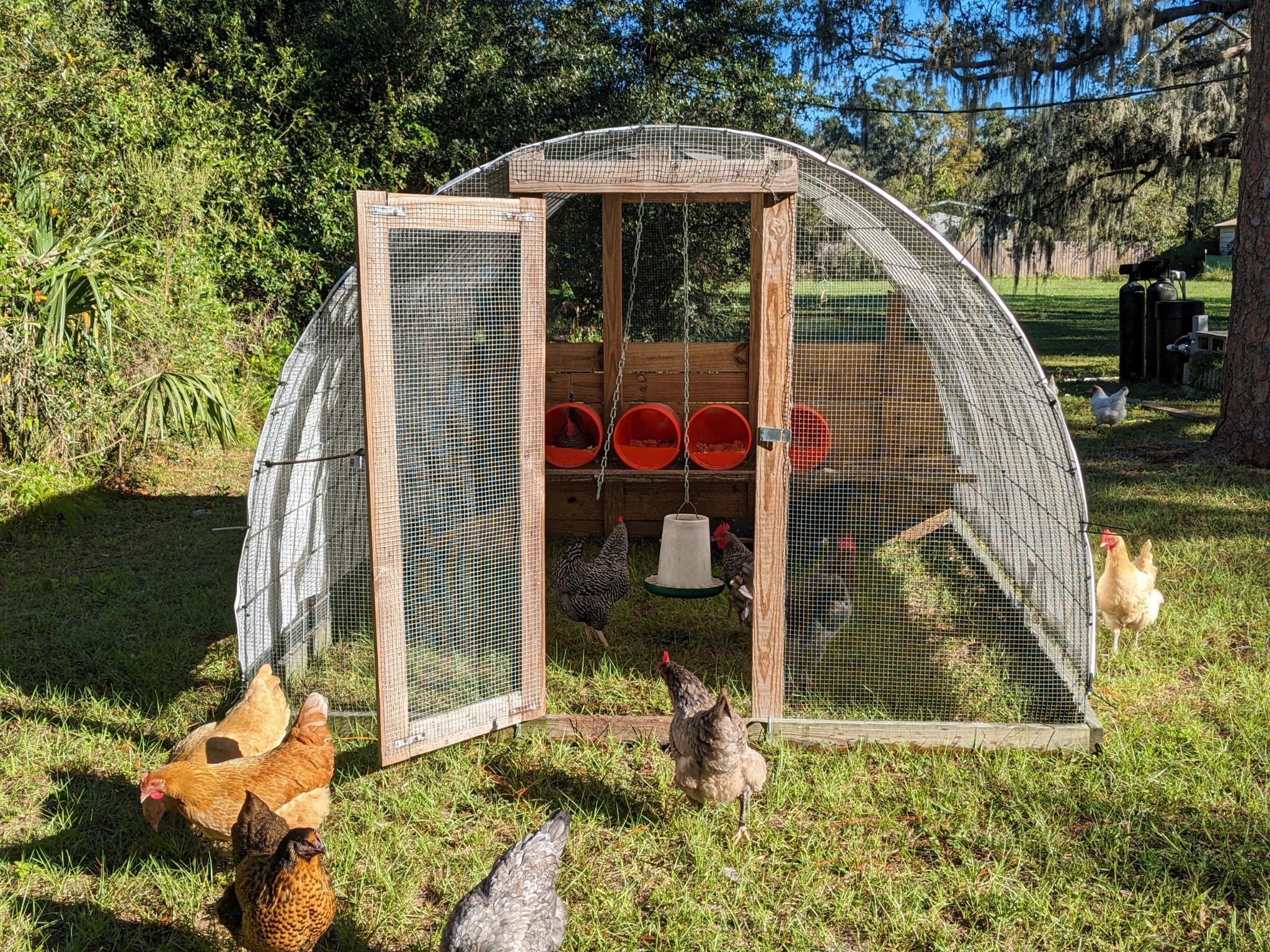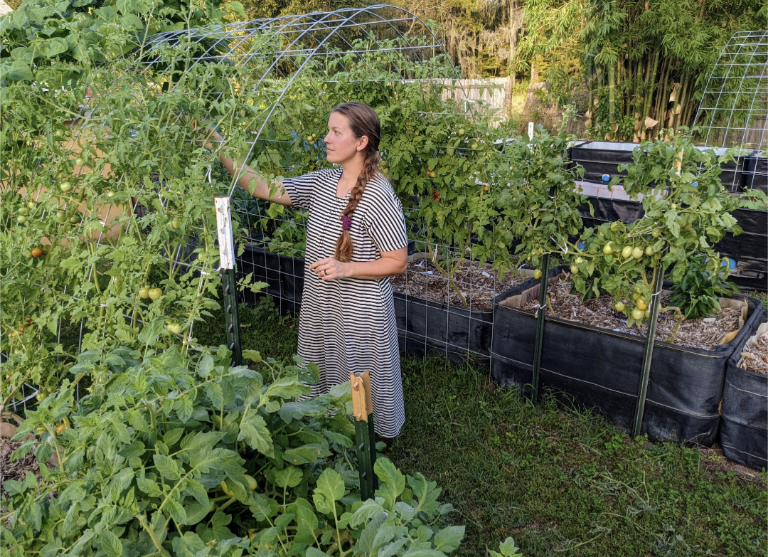Things to Know Before Getting a Dairy Cow
Things to Know Before Getting a Dairy Cow
Becoming a dairy cow owner is an exciting adventure, full of learning and new experiences. Our family is relatively new to this journey, and as first-time dairy cow owners, there are a few things I wish someone had shared with us before we brought home our milk cow and her calf. In this post, I’ll share some lessons we’ve learned along the way, in hopes that it might help you prepare if you’re considering adding a dairy cow to your homestead.
These tips aren’t in any particular order, just the thoughts that came to mind as I reflect on our experience. So, let’s dive in! If you would prefer, you can also watch a video where we discuss some of these things in more detail down below :)
1. Breeding Your Cow Isn’t Always Easy
We live on a small homestead (about 2 acres), and when we first brought our milk cow home, we figured we’d be able to easily breed her back using artificial insemination (AI). However, it turns out that finding an AI technician or a vet who offers AI services in our area hasn’t been as simple as we expected. In fact, we haven’t found anyone nearby at all.
Before you get a dairy cow, you should consider how you plan to breed her. Will you take her to a bull, have a bull come to your property, or even learn how to do AI yourself? Do you have the space and resources for a young bull that could later be processed for meat? These are all important things to think about before bringing a cow into your homestead.
2. Milk Production Fluctuates
Another surprise was how much milk production can vary from day to day. Depending on a variety of factors—like the weather, her heat cycle, or even her appetite for the hay you’re providing—milk production can sometimes be lower than expected. For example, after a rainy day, our cow might produce less milk the following day because she spent so much time trying to stay out of the rain rather than eating her hay.
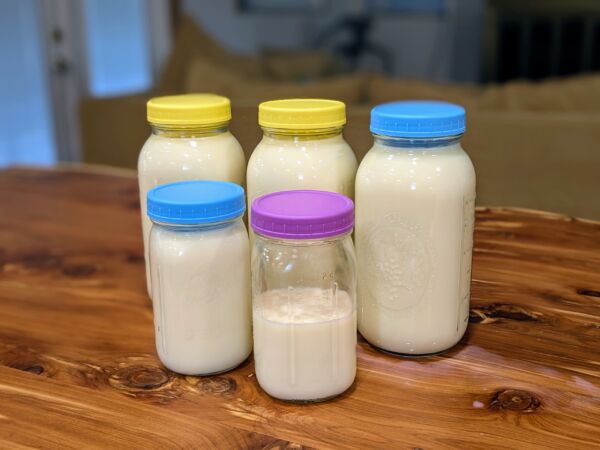
Additionally, cows may produce less milk when they’re about to go into heat or during their heat cycle. This is something I hadn’t really thought about before and it was a bit of an adjustment. So if you’re expecting a steady stream of milk each day like you would get from a store, be prepared for some variation. It’s all part of the experience, but it’s important to understand that milk production might not be consistent.
3. Calf Sharing Isn’t as Complicated as It Seems
One of the things I read a lot about before getting our cow was the pros and cons of calf sharing. Some people love it, while others seem to hate it. Initially, it sounded intimidating, but after experiencing it firsthand, I can tell you it’s actually a lot easier than I thought.
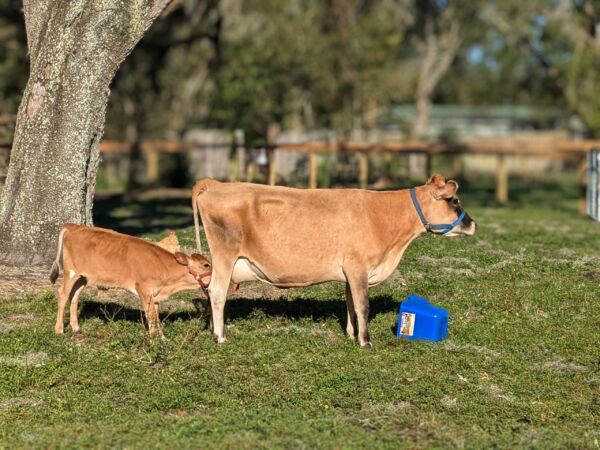
For us, calf sharing has worked out beautifully. Our calf gets plenty of milk, and we also get our daily share without much trouble. We have him separated from his mom at night, and they spend about 4-5 hours together each day. We’ve found this setup to be ideal, especially as first-time dairy owners, because it takes a little pressure off us to be perfect in our milking routine.
If you’re on the fence about calf sharing, I hope I can encourage you to give it a try. It’s not nearly as difficult as it might seem!
4. Cows Are Not Dogs
Here’s one thing I wish people had a clearer grasp on: cows are not pets. I know this sounds obvious, but when you see pictures or videos of happy cows living in harmony with their families, it can create unrealistic expectations. Our cow, Sylvie, is sweet, but she definitely has an attitude—especially when it comes to children.
She’s very particular about who she likes, and unfortunately, our kids are not on that list. We can’t let them be near her when we’re moving her between fields or when she’s in heat. She has been known to charge at the kids or even aggressively headbutt the fence if they get too close.
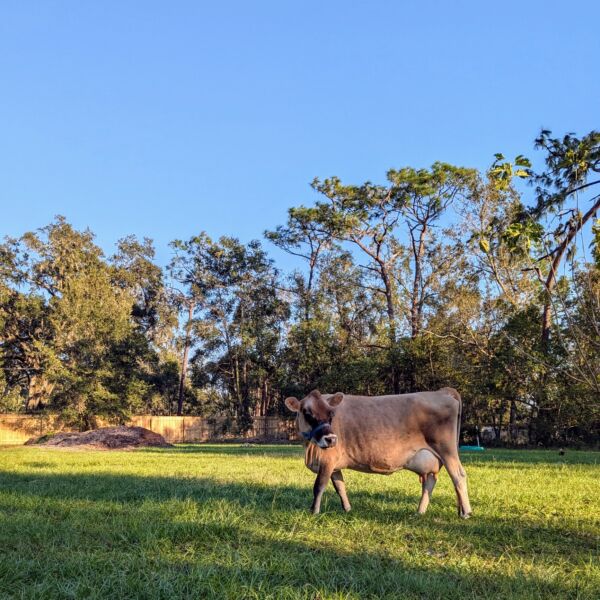
So, if you’re getting a dairy cow, know that cows can have very different personalities. Some may be more docile and tolerant of children, but ours is a bit more temperamental. Always exercise caution when handling them, especially around children.
5. Some Dairy Cows Have Horns
Something I didn’t realize until we were choosing our cow was that some dairy cows have horns, and some do not. We decided to go with a polled cow (one without horns) for safety reasons. As I mentioned, cows can be unpredictable. If you have a cow with horns, there’s always the potential for injury, especially if they become protective over their calves or are in heat.
This is something you should definitely consider when selecting a cow, especially if you’re a first-time dairy owner. A cow with no horns can provide peace of mind as you handle her on a daily basis.
6. There Are Different Ways to Milk a Cow
When I imagined milking a cow, I thought it was something one person did early in the morning, either by hand or with a milking machine. But in reality, there are a lot of ways to approach milking your cow, and it doesn’t have to be the picture-perfect scenario you see online.
We’ve found that it’s easier and more efficient to milk together as a couple. It saves time, my arms don’t get as tired, and it just works well for our routine. Of course, we can milk separately if needed, but for us, the two-person system has been great. We also don’t milk first thing in the morning. Instead, I do a bit of work, nurse the baby, we have breakfast as a family, and then do the milking around 8:30/9am.
** We have since bought a milking machine for the days I need to milk on my own. This has been really helpful! We still hand milk together around 2 days a week, and use the milking machine for the other days.

If you’re worried about how you’ll manage milking, just know that there’s no one “right” way to do it. You can milk alone, as a team, or even use a machine if you prefer. Whatever works for you and your family is perfectly fine!
7. Build a Milking Stanchion
When we first started milking, I thought we could just tie the cow up in the field, and everything would go smoothly. I quickly realized that wasn’t the best approach, as I wanted to feel more secure while milking. A milking stanchion—a dedicated space where you can restrain the cow—has been incredibly helpful. It provides a safe and controlled environment for both you and the cow.
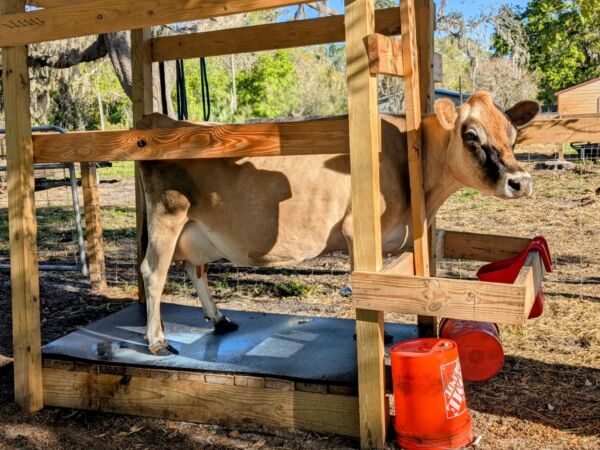
Having a stanchion allows you to milk with more confidence, as it helps keep the cow steady and prevents her from moving too much. For added security, we tie one of her back legs during milking to minimize the chance of her kicking. This setup just makes the whole process much safer and more efficient.
Some Final Thoughts
This list doesn’t cover everything you need to know as a first-time dairy cow owner, but it’s a good starting point. There’s a lot to consider, from milking to breeding, safety, and even cow personalities. The most important thing is to be prepared for the reality of owning a dairy cow. It’s not always easy, but it’s so rewarding!
